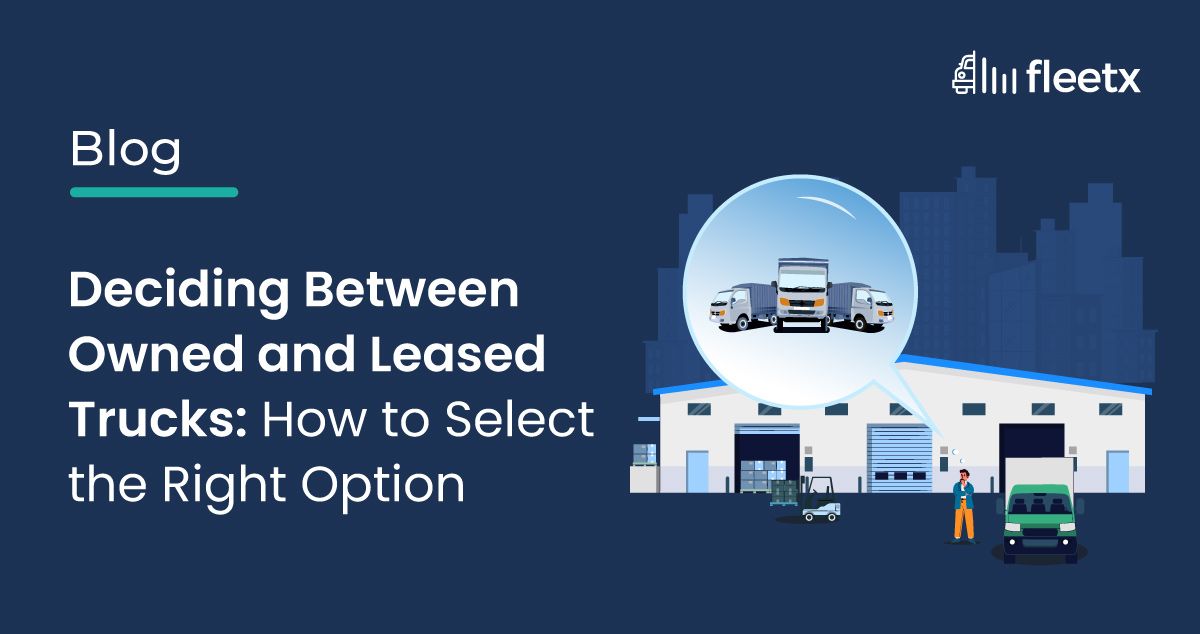
Understanding the global supply of gold and silver
Gold and silver are extremely valuable commodities and thus require a robust supply chain management as well. The supply chain of gold and silver is not only limited to the finished goods made out of them but their raw transportation from the place of origin to destination among other trade flows are also important.
Let’s look at the silver supply chain first due to its application across various industries like renewables, electronics, jewellery, among others. A major chunk of global silver production takes place in Latin American countries which also witness the highest number of mining conflicts. Thus, it is a source for frequent disruptions in the supply chain of silver. Covid-19 related disruptions also led to closure of several silver mines, thus reducing the global silver production by 46 million ounces or 1.3 million kgs in 2020 as compared to 2019. Moreover, several older silver mines across the world have also been ageing and strain the supply of silver across the world. On the other hand, gold supply chains are not free from disruptions. According to a S&P Global, gold production in 2020 fell below 100 million ounces or 2.8 million kgs.
It is quite clear that the global supply of gold and silver from their primary sources face substantial risk of volatility due to various reasons and can be often disrupted leading to sharp rise in cost of production. Thus, businesses in this sector need to strengthen their supply chain management in order to factor the risk of disruption in their decision-making.
How is the gold and silver supply chain managed?
The above figure from Vaulted roughly describes how the supply chain of precious metals works that includes the gold and silver supply chain.
The supply chain of gold and silver entails transportation across countries and continents through ships, trains, planes and armoured trucks. Several different types of businesses need to manage the supply chain of gold and silver to carry out their business operations. They include,
- Jewellery-related businesses such as Titan, Kalyan Jewellers, and PC Jewellers, among others.
- Commercial banks or gold banks and financial institutions like Muthoot Finance, State Bank of India, HDFC Bank, etc.
- Chip manufacturers for industries like aviation, renewables, electronics, etc.
Several other industries and businesses require gold or silver as a raw material to produce their goods, thus, they require a disruption-free inflow of them to effectively carry out their business operations.
Regulatory requirements
As gold and silver are both precious minerals, they are bound to have a lot of paperwork and regulatory requirements for transportation between states. For example, transportation of goods in India requires the generation of E-way bill and recently E-way bill has become mandatory for gold as well. Based on the outcomes of the GST Council meeting in 2022, validity of e-way bill for gold transportation is calculated on pin-to-pin distance and all items listed in the e-way bill need to fall under the HSN chapter 71. Moreover, state governments are at liberty to fix threshold limits for the purpose of transportation of precious minerals. Taxpayers are also not required to update e-way bills with vehicle/transport details under Part-B on grounds of safety. Lastly, other changes include,
- No update on the transporter is allowed
- There is no option to generate a consolidated e-way bill
- Extension of validity of e-way bill is permitted without the need to revise the Part-B
- There is no option of multi-vehicle
Insurance requirements
Transportation is a risky business particularly in the cases of precious metals like gold and silver with high tangible value. Thus, covering gold and silver during transit is one of the most logical requirements for businesses. Precious metals like gold and silver are usually covered under block insurance policies that are specially designed for jewelleries to protect businesses and traders from loss or damages. It provides a wide range of cover for businesses dealing with precious metals like gold and silver jewelleries that includes, any damages or loss incurred on premises and during transit. Jeweller’s block policy period ranges for 1 year and is only applicable to jewellers who are retailers or wholesalers.
Vaulting
Gold Monetization Scheme was notified in 2015 by the Indian Government to reduce the import of gold to meet domestic demand. The scheme also aimed at improving and supporting the gold and jewellery sector by providing gold loans from banks. To protect the depositors the scheme also included provision for providing depositors a certificate mentioning the gold quantity and purity, thus, improving transparency. Under the scheme, gold can be deposited or redeemed at various branches of the banks across the country. As a result, banks need to transport gold across their branches for the purpose of vaulting the deposits to ensure availability in case of redemption. Thus, strengthening the gold supply chain is critical for properly implementing the scheme and safe and efficient transportation of gold across state lines becomes critical.
Transportation
Transportation is at the centre of gold and silver supply chain management and inherently deals with two aspects: transportation within the country and transportation across international borders. Moreover, transportation of gold and silver is done either Business-to-Business (B2B), where producers directly provide refined gold to businesses like jewellery makers or Business-to-Consumer (B2C), where businesses need to provide goods directly to the retail customers. Jewellers usually rely on courier partners for both domestic and international shipping. The delivery time for shipping is usually between 5-7 business days for domestic shipping and 15-21 days for international shipping as the shipment is subject to several other regulatory checks such as custom clearances.
Several logistics solution providers have adopted technology to provide businesses a more safe, reliable and efficient supply chain management solutions for gold and silver among other precious metals. For transport purposes, accreditation from organisations like International Air Transport Association (IATA) makes them more reliable. Since such accreditations come from regular audits of transporters operation procedures on grounds of safety, reliability, standards and best practices.
Logistics service providers that deal with supply chain management of precious metals like gold and silver usually provide other services including vaulting and warehousing in addition to transport services. Lastly, commercial transportation of gold and silver through road transportation is usually carried out in armoured vehicles with ample security to avoid any mishaps during transportation.
Challenges faced during gold and silver supply chain management
Like all cargo, transportation of precious metals like gold and silver are faced with similar challenges encountered during transportation of other goods. The differentiating factor is usually the value of cargo. Thus, the margin of error is substantially less as businesses and transporters cannot afford to have lapses such as cargo theft in case of coal or metal transportation.
Transporters and businesses need to pay more attention to the challenges pertaining to the supply chain visibility for both B2B and B2C transactions. However, the jewellery business is one of the most traditional businesses and over-reliant on direct interaction between stakeholders, particularly small and medium sized businesses.. It is even more apparent in cases of jewellery retailers and wholesalers as they have more or less been slow in adoption of technology-backed fleet management solutions that can improve supply chain visibility as well as efficiency of operations. Supply chain Due Diligence is an important aspect for businesses and transporters in the industry to adopt. The gold industry very recently has acknowledged the need for supply chain due diligence for the purposes of risk management. One of the key reasons given by businesses engaged in gold and silver products for the lack of transparency is safety and confidentiality. However, in today’s world when most businesses, several engaged in high-value cargo supply chains, have adopted technology-based solutions to improve transparency and efficiency, such arguments don’t stand.
Final Thoughts
Supply chains of businesses across industries have unanimously benefited from the inclusion of technology-based supply chain solutions in their operations and gold and silver supply chains would be no exception. Thus, businesses and supply chain solutions providers need to actively work to co-create solutions that are custom suited for businesses dealing with gold and silver, among other precious metals to make the process efficient, transparent and cost-effective.







